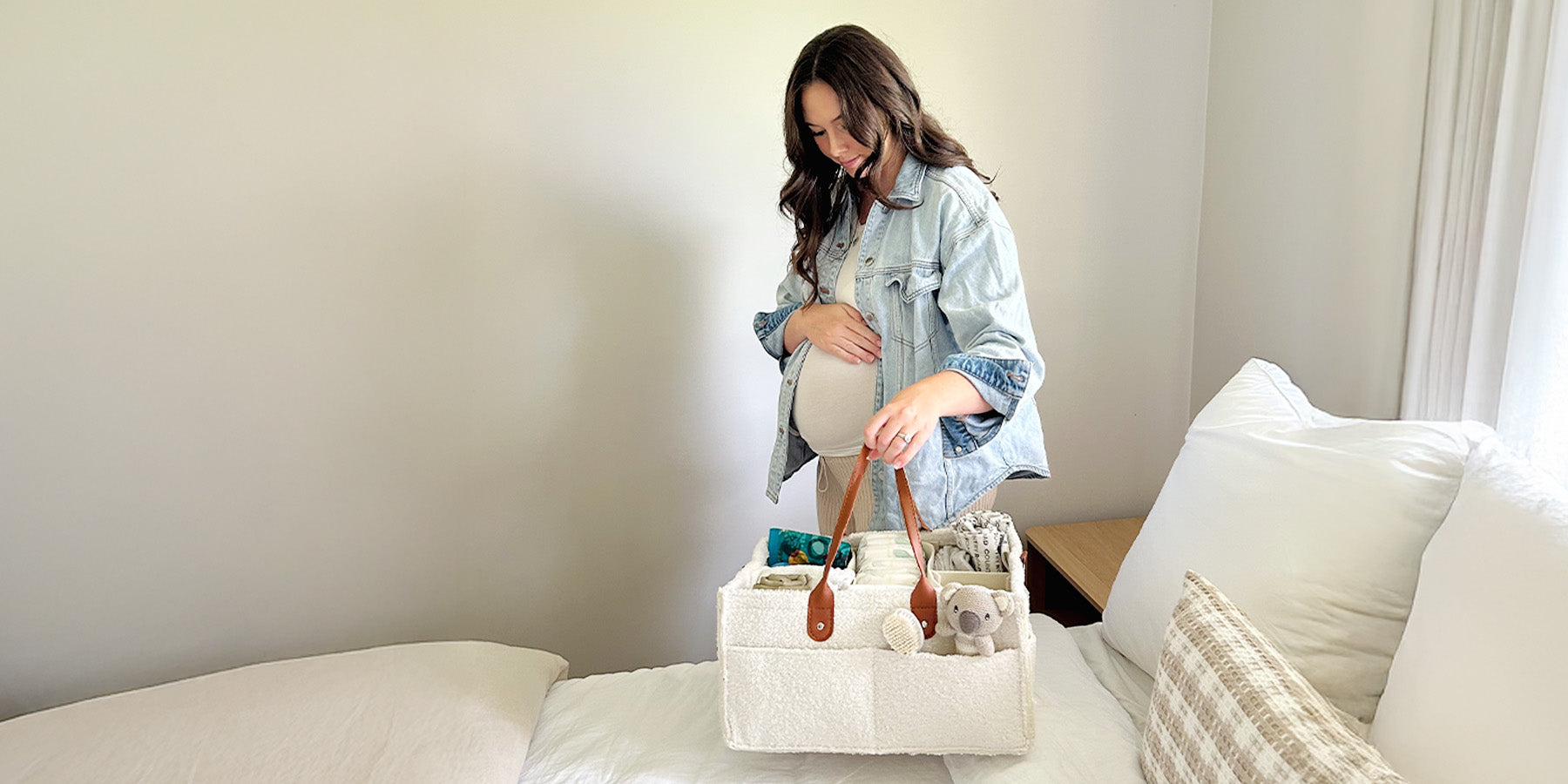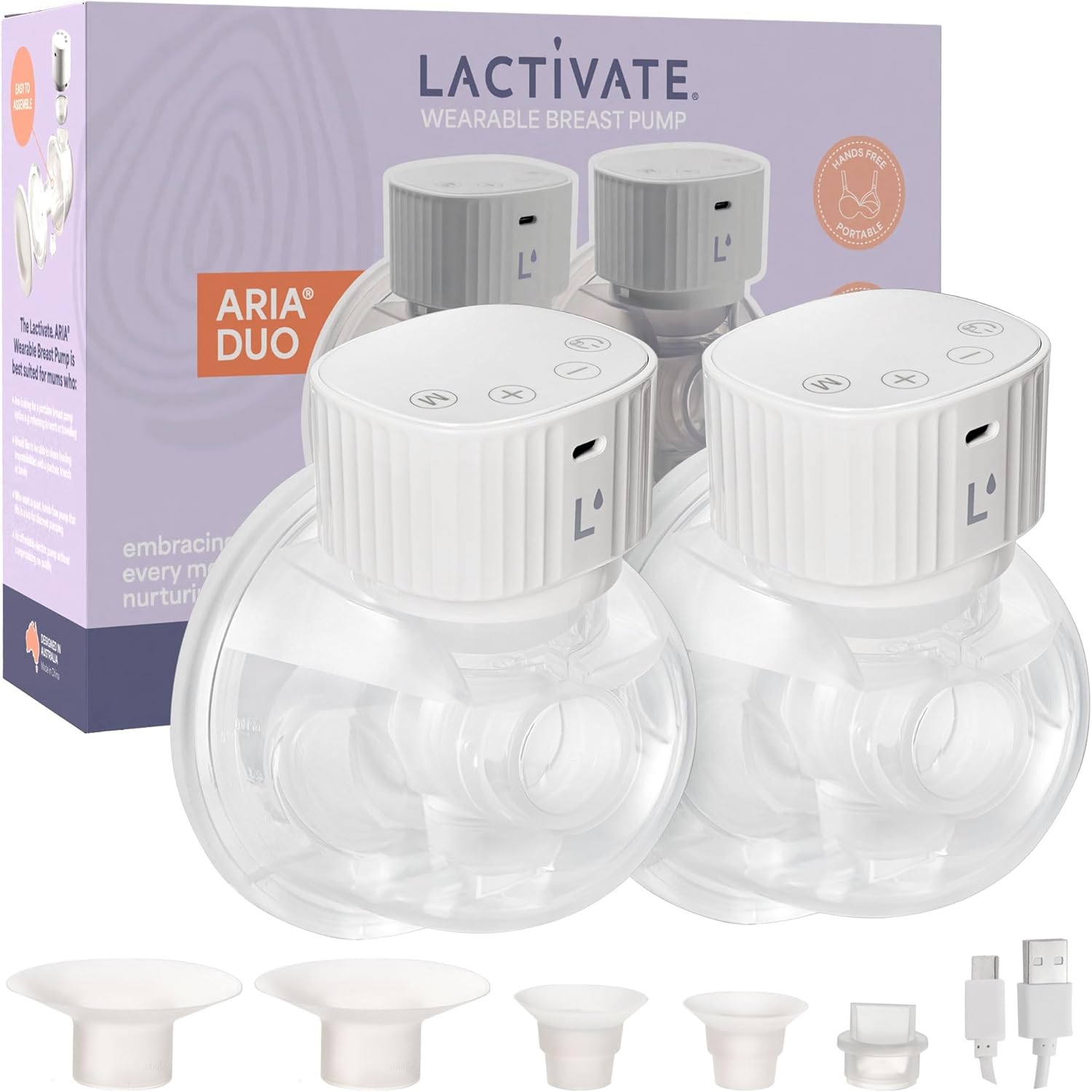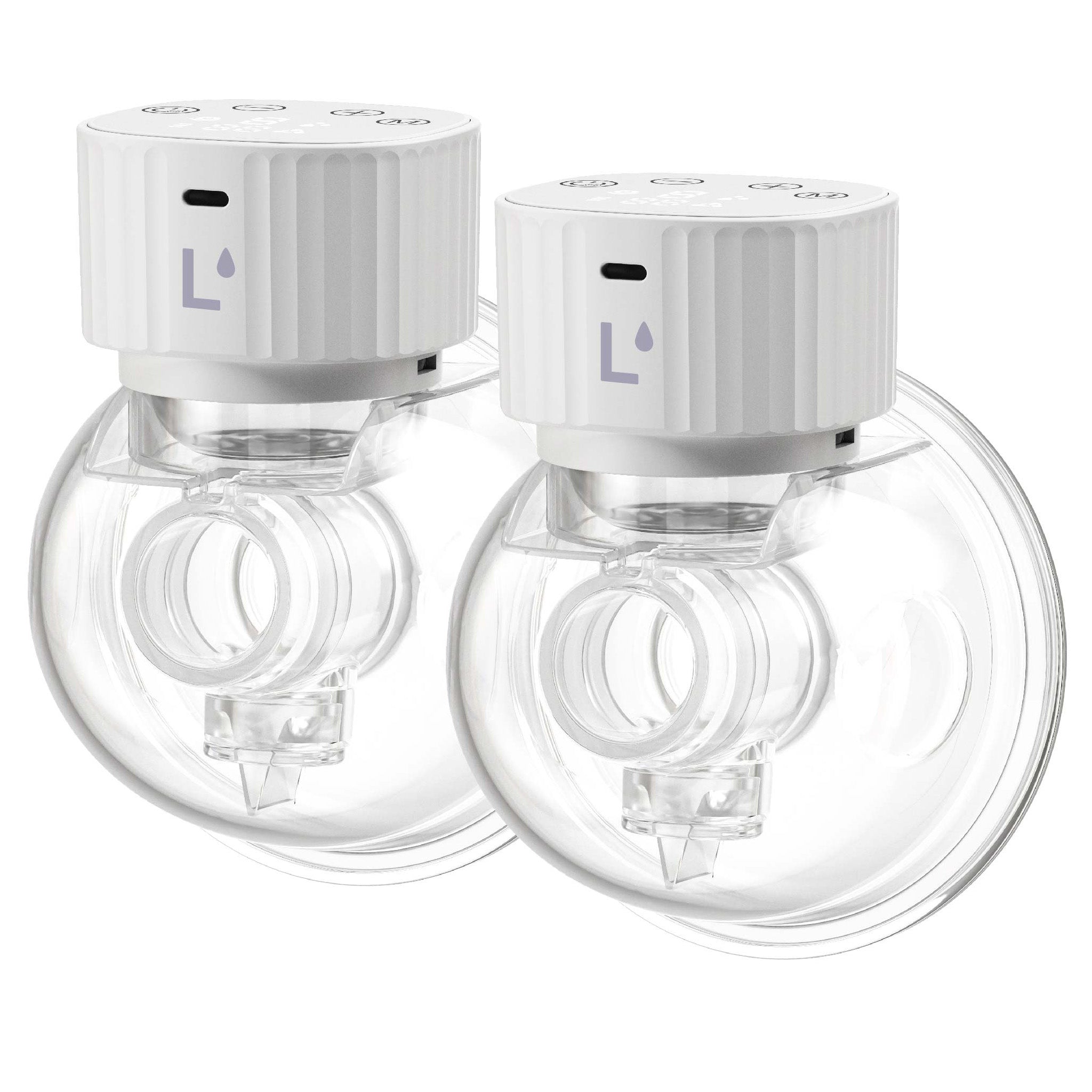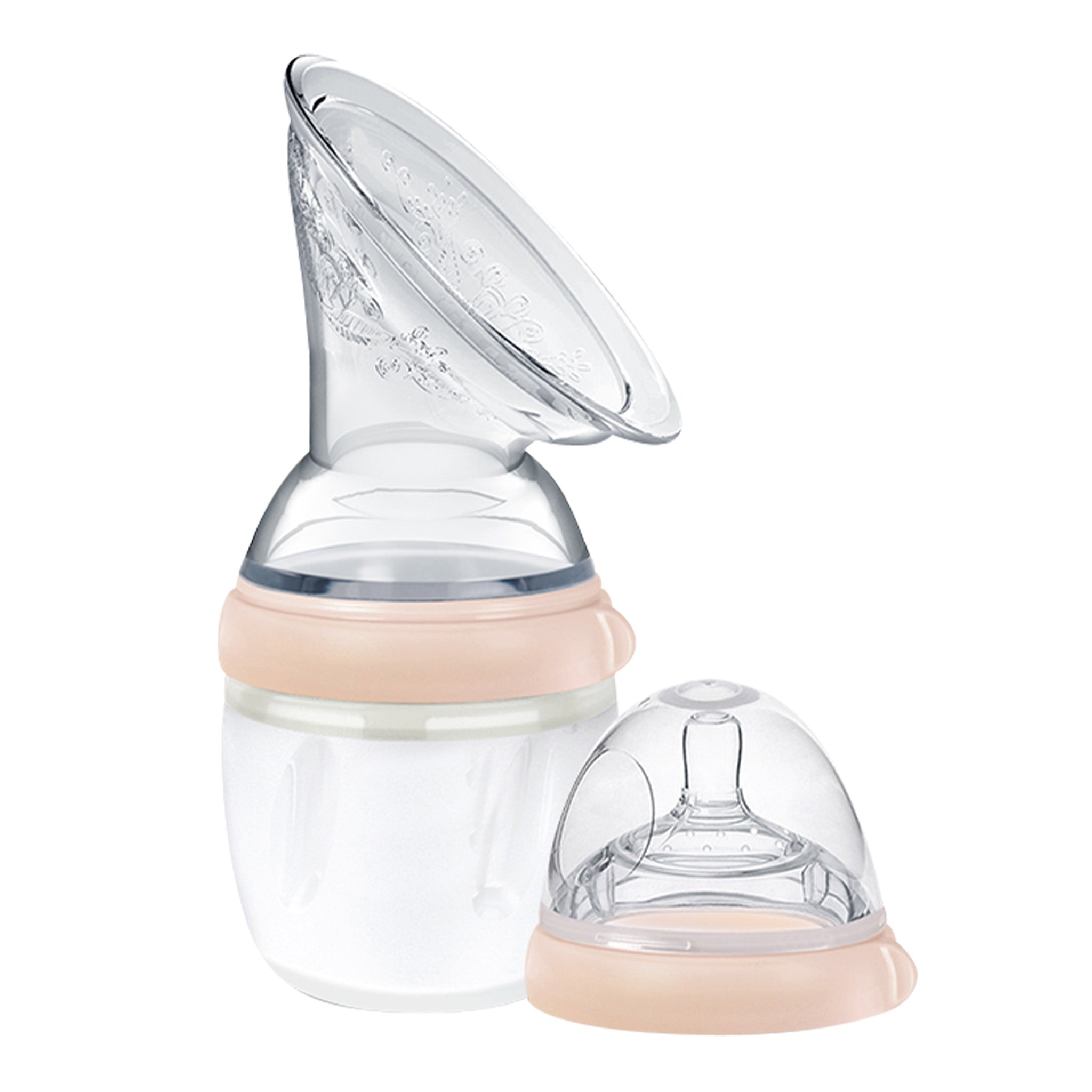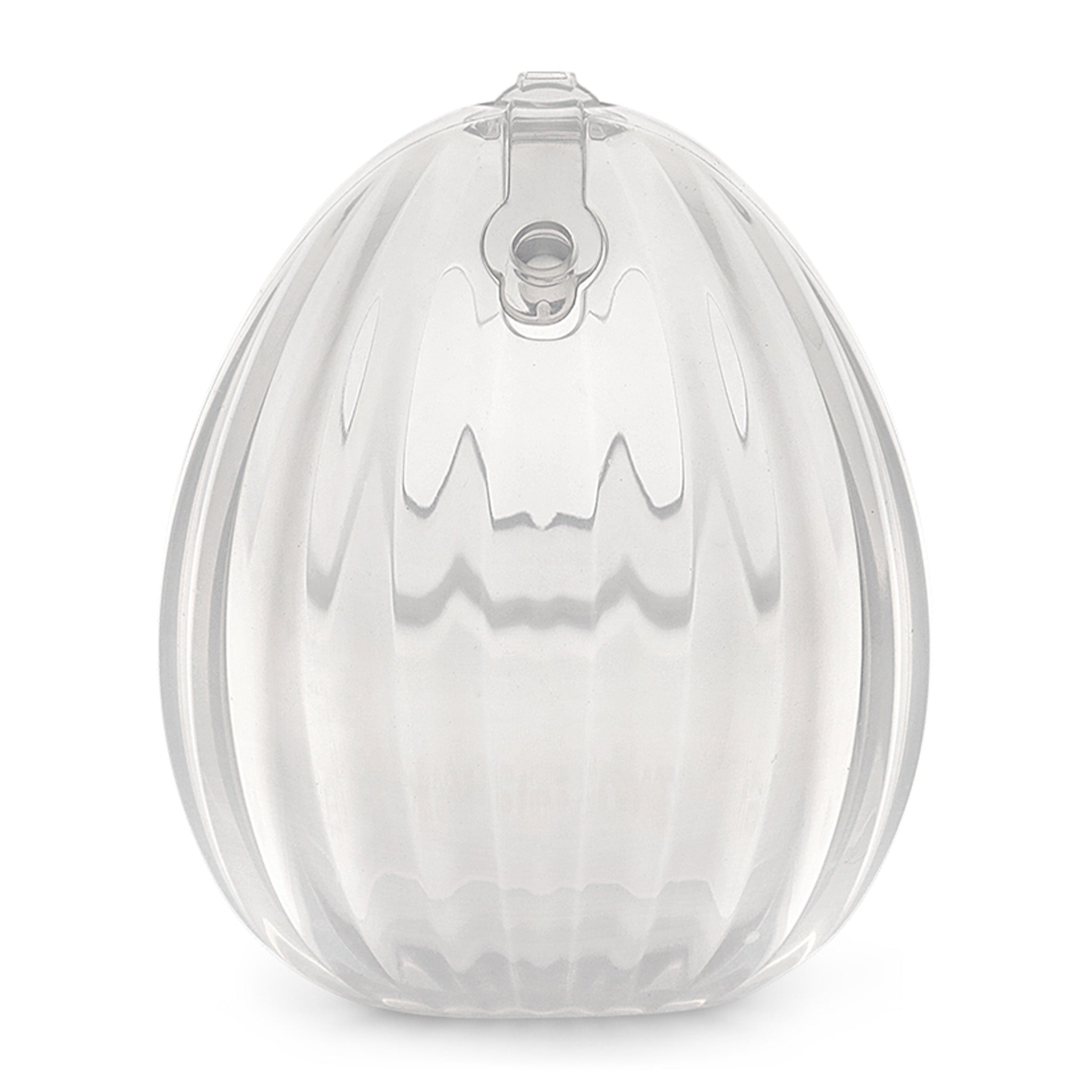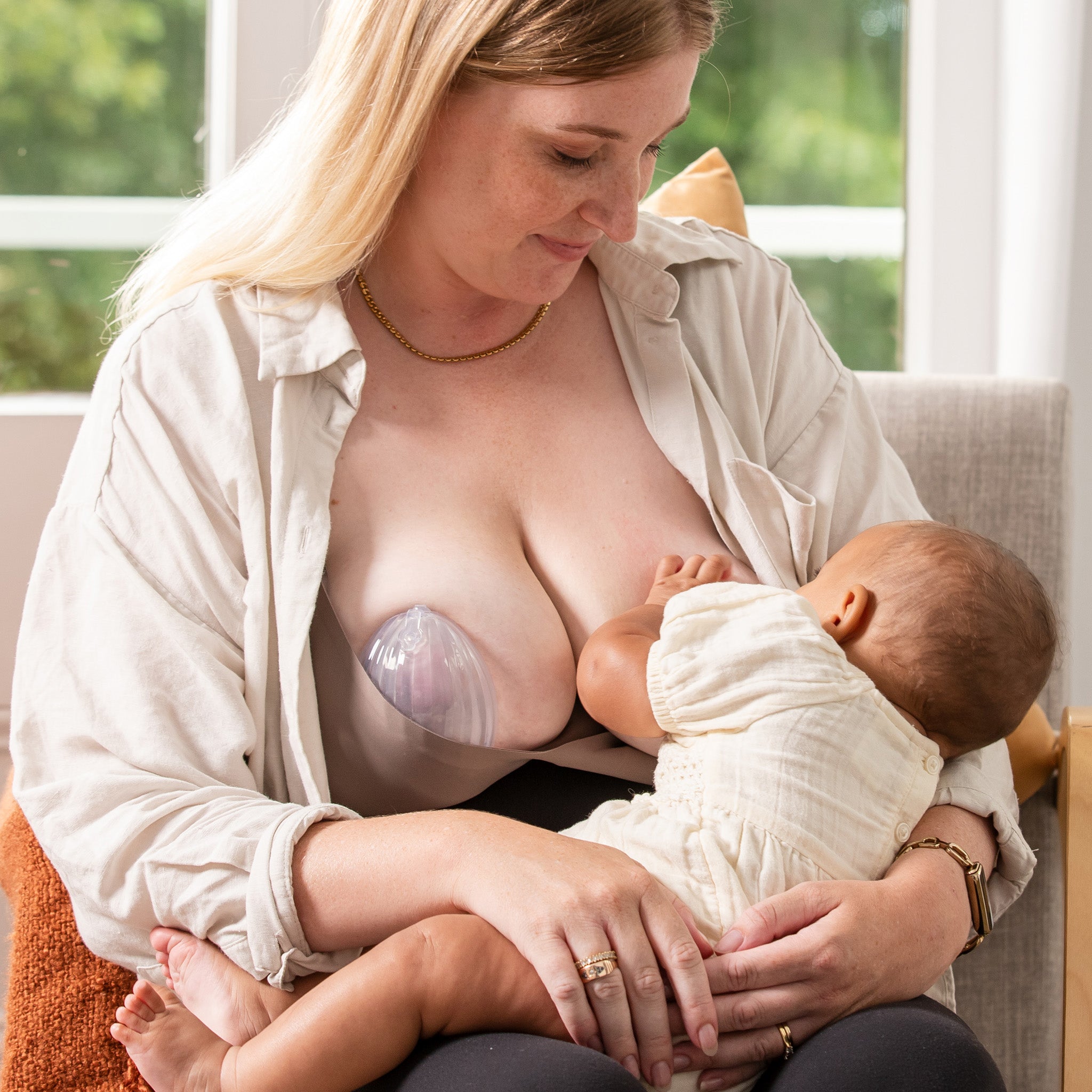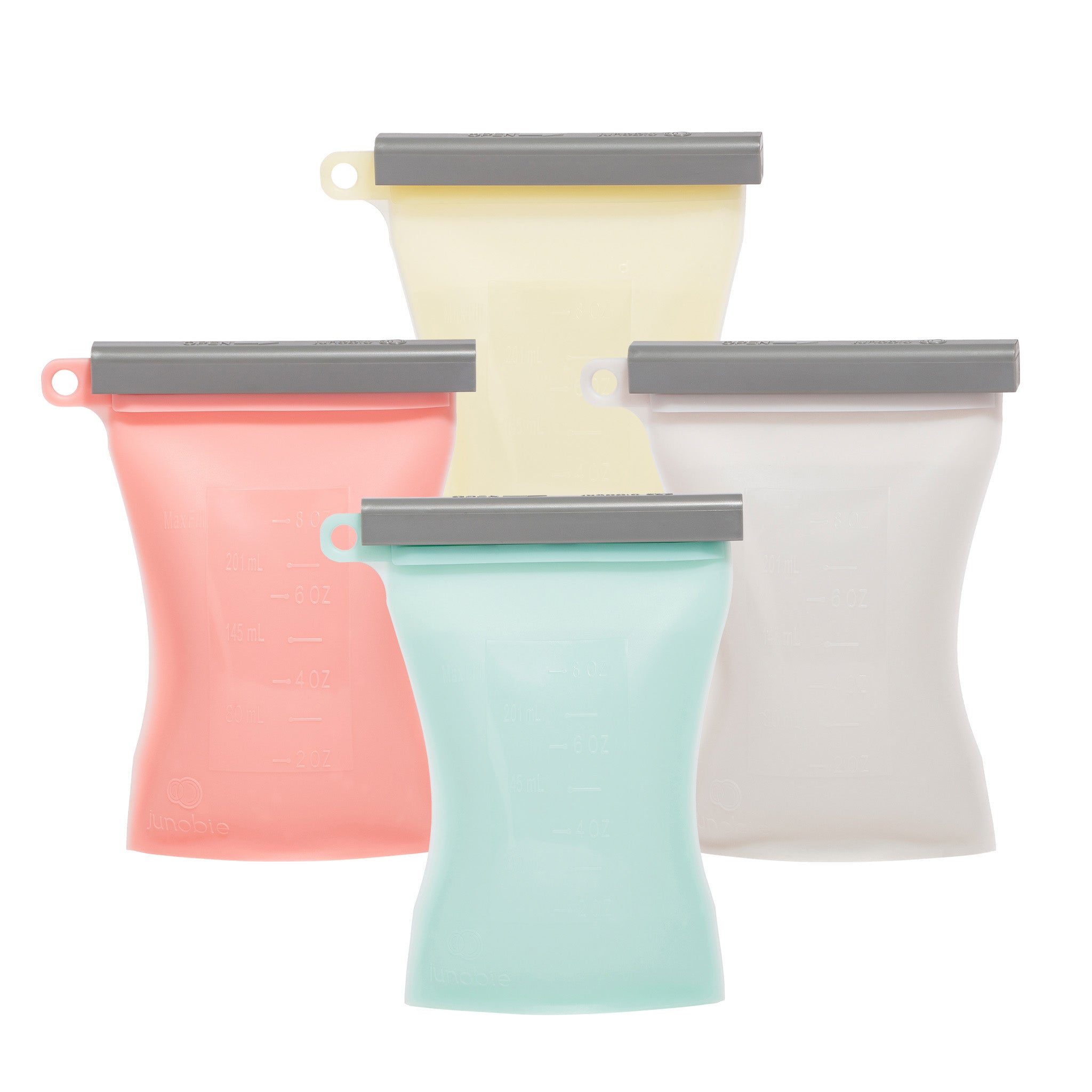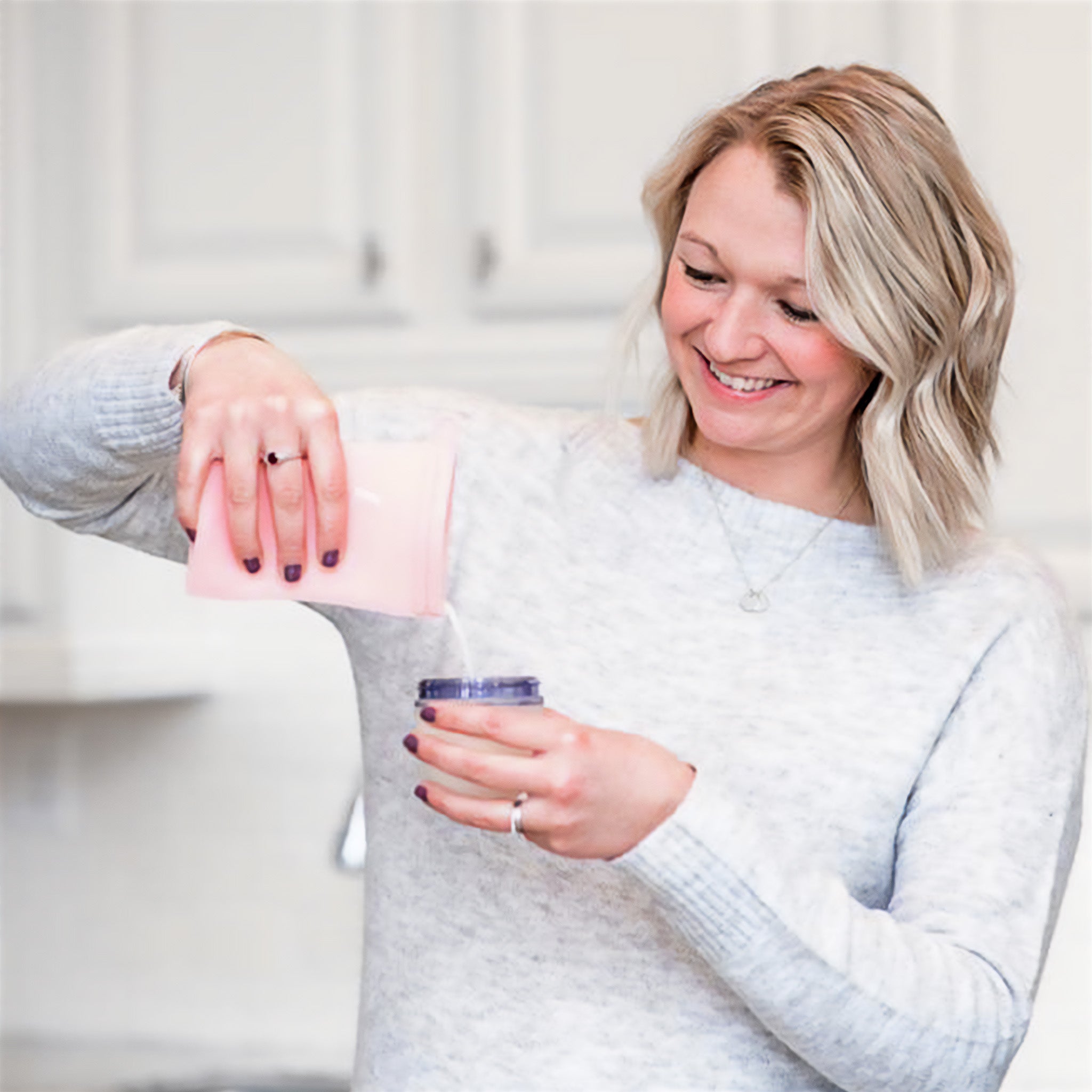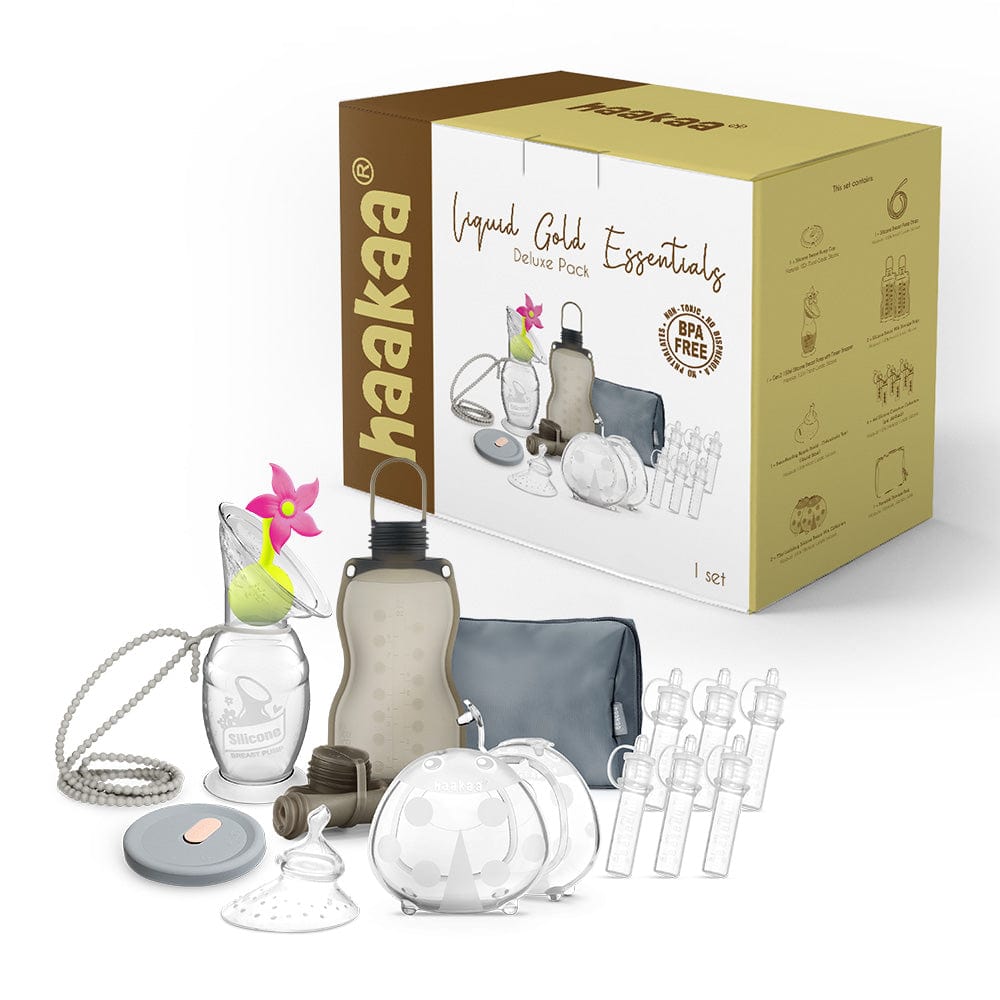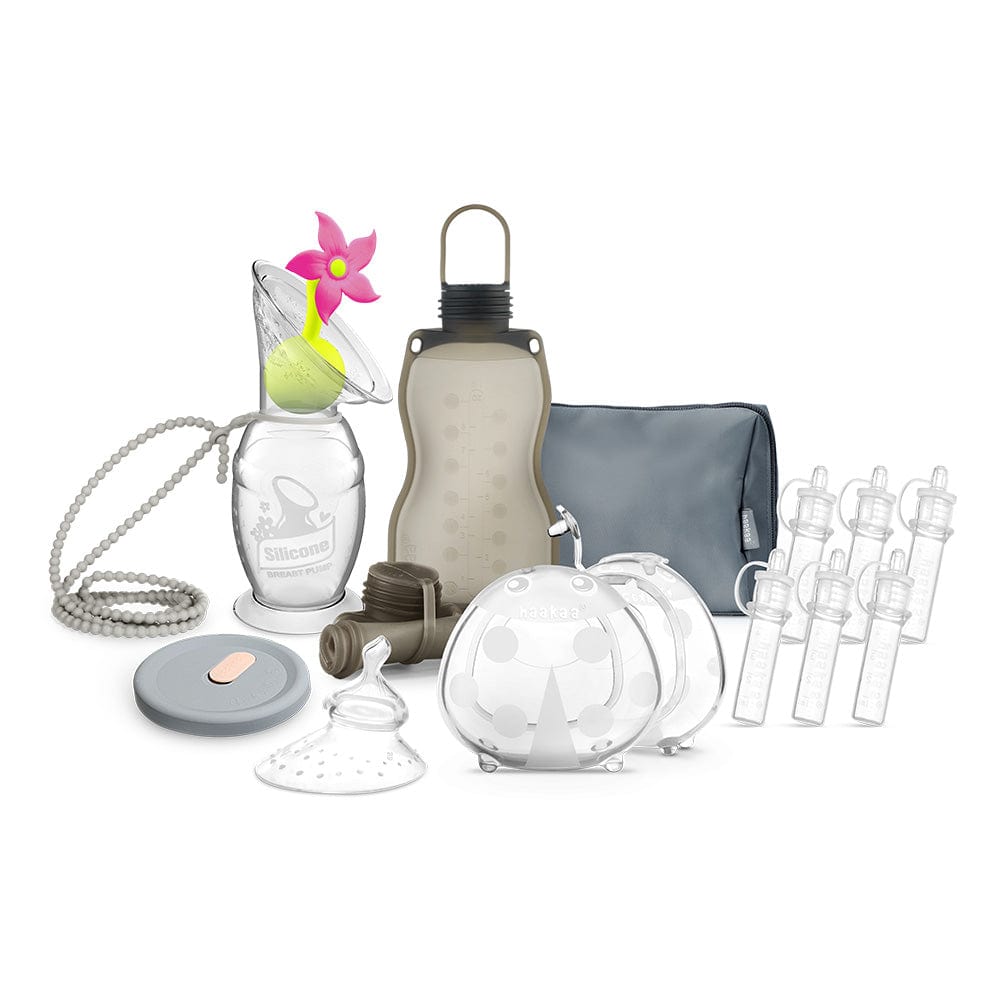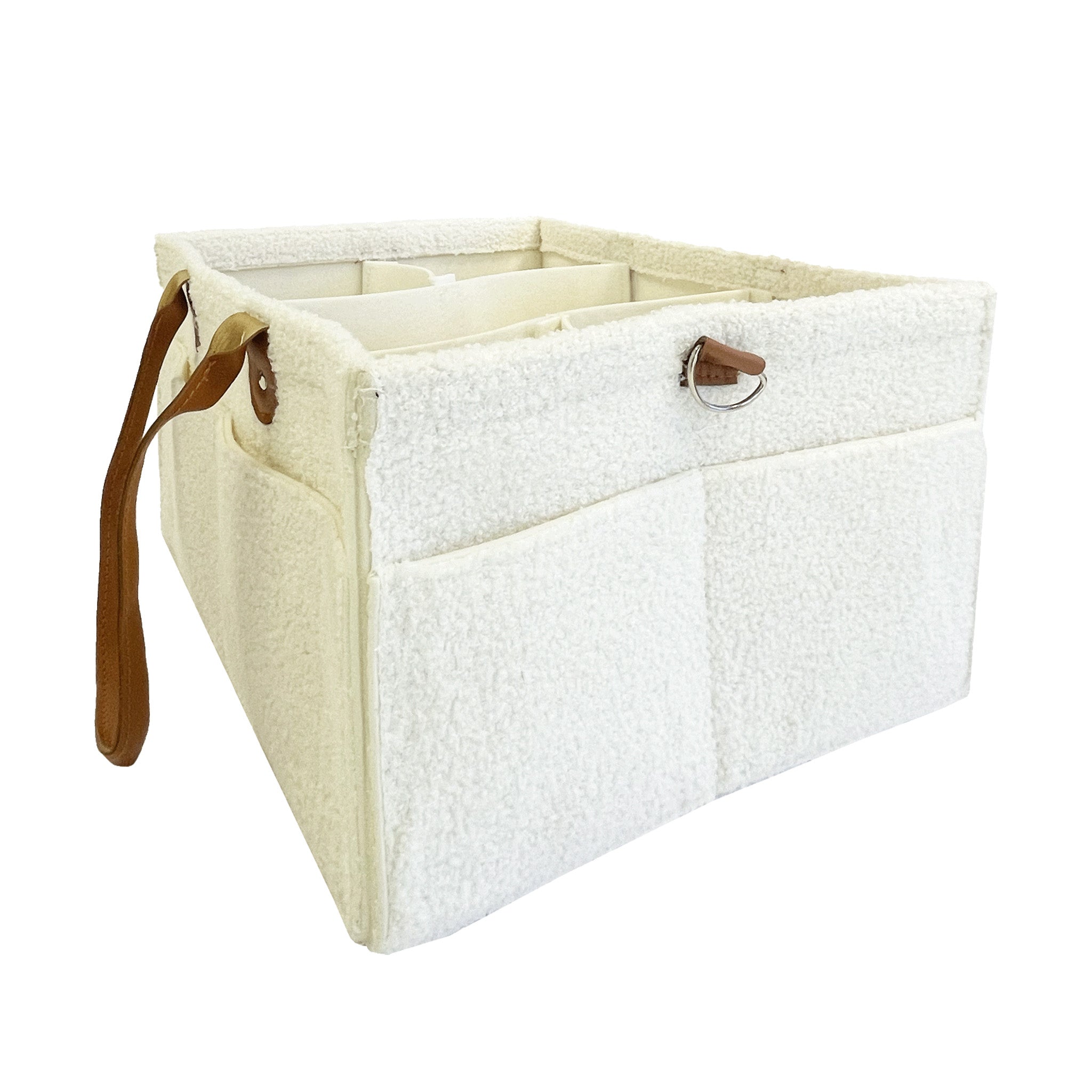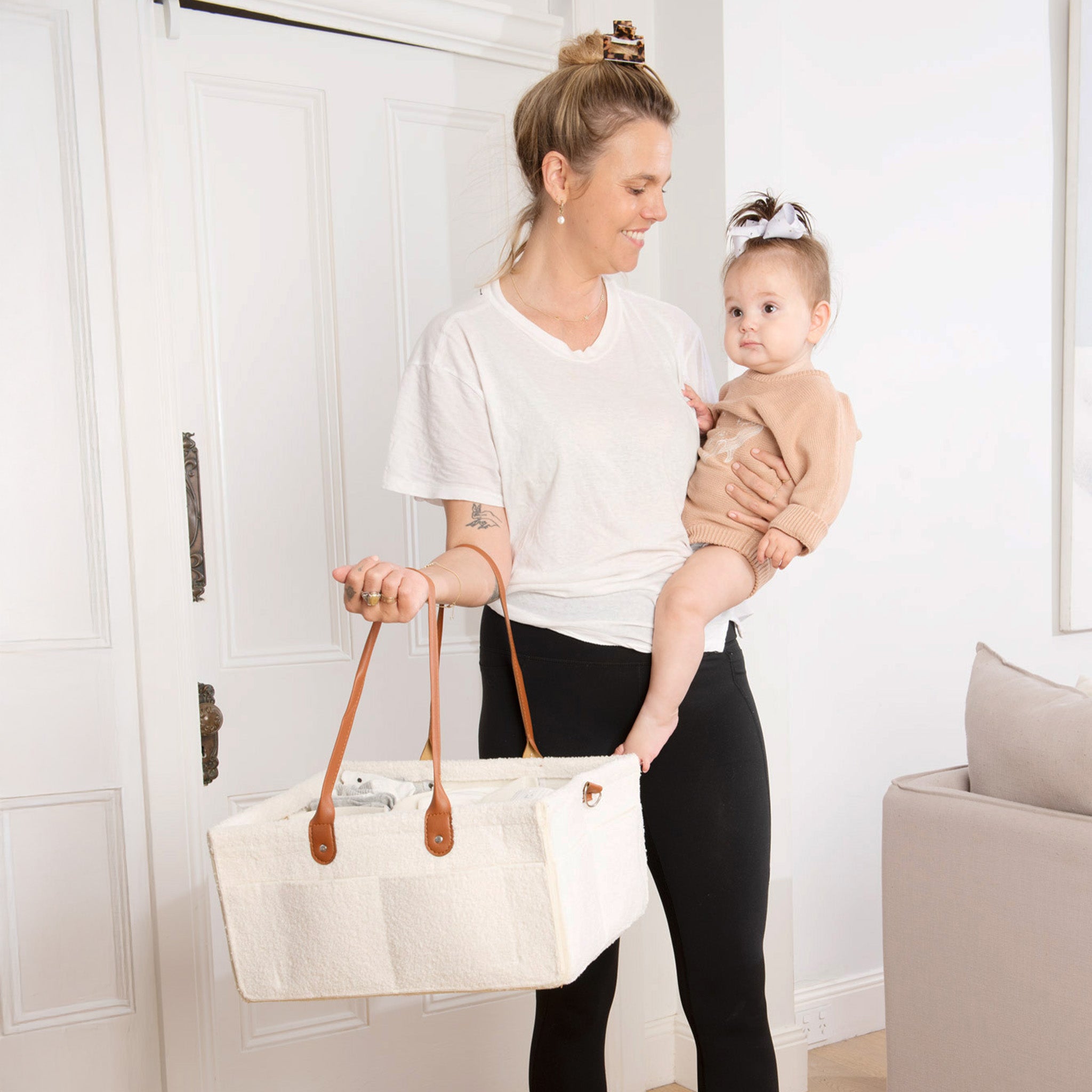There's so much emphasis on mums-to-be having a birth plan, but we aren't talking enough about having a feeding plan! There are so many things to learn about every method of feeding a baby, whether it's directly breastfeeding, pumping, formula feeding or any combo of these. Taking time before birth to learn the basics, being prepared for challenges and knowing what support services are available to you will help set you up for success in your feeding journey.
We've put together our top tips and advice on how to develop an informed, and most importantly, FLEXIBLE feeding plan.
Why should I have a feeding plan?
If you have newer mothers in your life you've likely heard 'I didn't know breastfeeding would be so hard', 'I thought it'd just come naturally' or 'I wish I had known what to expect'. Just like a birth plan, the purpose of a feeding plan is to get a feel for your preferences, educate yourself about the possible choices and situations ahead of you, and to help you communicate these to your partner, family and healthcare provider.
By focusing on what your goals and preferences are for your feeding journey, you are able to educate yourself about your options and prepare yourself for any hurdles you may face.
Where do I start?
The first action in forming your feeding plan is deciding where you sit on the spectrum of exclusively breastfeeding directly from breast only - exclusively formula feeding from the first feed. While it is important to be flexible with your feeding plan, this starting point will inform the rest of your plan.
Even if your plan is to only provide breastmilk directly from the breast, understanding a little about expressing, storing and feeding pumped milk, or how to prepare and store formula will mean less stress for yourself later if you do require / decide to use pumped milk or formula during your feeding journey.
Before the Birth:
Identify if there are any factors that could impact breastfeeding
There are many factors that can impact your breastfeeding journey, whether biological (such as inverted or flat nipples, previous breast surgery, thyroid conditions) or environmental (lack of support, lack of access to services, societal pressures). Identifying any such factors before your baby arrives will give you a chance to research how these factors can impact breastfeeding and what methods, services or products can assist you. Furthermore it gives you a chance to discuss these factors and concerns with your healthcare provider and to source external support services if needed.
For example, some breastfeeding mothers with hypothyroidism find it hard to develop and maintain a full milk supply. Your breastfeeding plan may need to include what techniques you will attempt if you breastmilk supply isn't sufficient, and if you will choose supplement with pumped milk / donated milk / formula.
Get thee to a breastfeeding class!
If breastfeeding is any part of your feeding plan, a breastfeeding class is a great place to start. It may be the first place where you can ask specific questions from the instructor, who would likely be a midwife or lactation consultant. Most hospitals with maternity wards will run breastfeeding classes on site, many private lactation consultant run breastfeeding classes, and there are also a number of online classes available.
Educate yourself about breastfeeding and pumping
Besides attending a breastfeeding class, there are many fantastic resources to help educate you about breastfeeding, including the Australia Breastfeeding Association, Tresillian, Karitane, and our own Breastfeeding Resources. Learning about the basics of breastfeeding, the common hurdles many women face, and knowing how to overcome them will help prepare you for the reality of breastfeeding. You may leak, get uncomfortably engorged, get sore and damaged nipples, have a strong and painful letdown, deal with blocked milk ducts and mastitis, or struggle with over or undersupply. You may even feel intense emotions such as anger, anxiety or depression when you let down releases, which is known as Dysphoric Milk Ejection Reflex (D-MER). I promise it's not all doom and gloom! Many women have a straightforward and enjoyable breastfeeding experience, but when you are struggling knowing that it is normal and you are not alone is a great comfort.
Pumping is generally less spoken about in situations like breastfeeding classes, so it's a good idea to read up a little on that yourself. There are different methods and techniques to pumping, storing breastmilk and preparing bottles, as well as tools and accessories that can make pumping life easier. Breast pumps range from manual pumps, to electronic and hospital grade pumps. Each serve slightly different uses so if you decide you want to purchase a pump you will need to do your research and choose a pump to fit your situation.
Product Feature: Lactivate ARIA Wearable Breast Pump
Reach out to your village
Do you have women in your family or friend circle who are or have recently breastfed? Reach out to them for advice! You'll find most women are happy to share their experiences with breastfeeding. The bonus of asking those who have more recently breastfed is they will have more up-to-date advice and may know more about the current support services available to you.
Return to work plan
If you plan to return to work while still breastfeeding, make sure to have a discussion with your workplace about where you will pump and store your breastmilk before you start maternity leave. The Australian Breastfeeding Association has a great page on Going Back To Work that not only has some great guidance on returning to work while breastfeeding, but also highlights your rights to pump at work, including that you have to right to pump in a safe, clean area.
You will need an electric or hospital grade pump at that time, but it is worth waiting to purchase one until you will need it as most electric pumps are $200+ and cannot be returned or resold as they are classified as medical equipment. If breastfeeding does not work out for you or you decide to wean before returning to work you don't want an expensive piece of equipment sitting unused in a drawer.
Collecting and Storing Colostrum
The antenatal collection and storage of colostrum (aka liquid gold) used to only be encouraged for higher risk pregnancies, such as gestational diabetes which can lead to a higher risk of blood sugar issues in newborns, or mother's expecting a planned c-section. Nowadays colostrum is being increasingly suggested for all pregnant women with medical approval from their healthcare provider. If breastfeeding is part of your plan then have a think about whether or not you will express and collect colostrum later in your pregnancy.
Colostrum should only be expressed and collected after 36/37 weeks gestation due to the risk of pre-term labor and you must seek approval from your healthcare provider before doing so.
You can read more about how (and why!) you should collect and store colostrum in our blog here.
Product Feature: Haakaa Colostrum Collection Set
Research products, but don't go overboard with shopping just yet
There are so many AMAZING products that can help you with breastfeeding, but you don't need to fill your house with every single product available before your breastfeeding journey has even began! There are some great Hospital Bag esentials like a comfy nursing cami, soft breast pads and nipple balm, but just like childbirth, there are no guarantees in how your breastfeeding journey will go. It's best to leave bigger and more expensive purchases to when you need them.
If you live in a metro area you will likely have easy access to chemists and baby stores, and many online stores can offer fast and affordable delivery options. You will find relief in knowing that if you have sore or damaged nipples, a nipple shield is just a click or short car trip away!
TOP TIP: If you need a breast pump at short notice, your hospital will lend you a pump while there, and you can hire pumps from places like a local pharmacy or the Australian Breastfeeding Association. This means you can have access to a pump at short notice without having for spend $$$ until you decide if you need to purchase a pump.

Your feeding plan may include breastfeeding, pumping, formula feeding, or any combination of the three.
After the Birth:
The Golden Hour
The Golden Hour is where a newborn is placed on their mother's bare chest for skin to skin for the first hour or more after birth. This is usually standard practice after a birth where the baby or mother don't require medical intervention, and many post birth checks on both mother and baby can be performed during this time. The Golden Hour generally involves a lot of uninterupted skin-to-skin, delayed cord clamping, and not wiping the baby down. It'll probably be the gooiest hug you'll ever have. (And your newborn might pee or poop on you, sorry!) The golden hour helps regulate the baby's temperature, helps control their breathing and can lower the risk of low blood sugar. During this time you will be encouraged to attempt to get the baby to latch onto your nipple for the first time.
If you are having a planned c-section or have a higher probaility of delivering via c-section, discuss the possibility of the Golden Hour or a modified Golden Hour with your healthcare professionals. If you are unable to participate in the Golden Hour due to medical intervention, consider having your partner do skin-to-skin with the baby. While it is believed that breastfeeding in the golden hour can help establish breastfeeding, that doesn't mean that if you are unable to experience the golden hour that you are set up for breastfeeding struggles down the road.
Pumping and Supplementing
Is your goal is to exclusively breastfeed directly from the breast, exclusively pump, or top up / supplement with pumped breastmilk or formula? As long as the baby is getting the nutrients that they require, there is nothing wrong with any of these options, and it is down to personal choice and what works best for your family. Some women choose to exclusively breastfeed for personal reasons, or that they struggle with supply dips if they supplement. Other women choose to exclusively pump or supplement with pumped milk / formula as they want more freedom from the baby, feel reassured that the baby is getting enough milk through bottle feeding, and want to allow others a chance to feed the baby.
If you plan to exclusively breastfeed but your baby requires supplementation, whether temporarily or long term, having a plan will help you in what can be a stressful situation. You may choose to start supplementing with formula, you may wish to start with supplementing pumped milk, or you may even chose to go down the donor breastmilk route.
It used to be generally recommended that breastfed babies who are able to get adequate nutrition directly from the breast were to be exclusively breastfed and not offered bottles or pacifiers, particularly in the first few weeks as you establish your supply. This was in part due to the belief that mixing breast and bottle feeding could cause 'nipple confusion' and lead to breast refusal. Currently the experts are divided about whether this is a real concern or not, but remember that breastfeeding is a learned behaviour that requires practice, and a baby that finds it easier to drink from the bottle may show signs of preferring a bottle to a breast.
It is also worth considering that you may need to ensure that you express breastmilk each time your baby receives a bottle in order to maintain your supply. Remember, breastfeeding is about supply and demand - if you replace a breastfeed with already pumped milk or formula, your body will not know that it needs to produce more milk at that time unless you express. For some this may feel like more work that feeding the baby directly, particularly when you add preparing and cleaning bottles into the mix.
What support will you have postpartum?
Depending on what area you live in, in Australia you may have home visits from your midwife team up to 2 weeks post birth. These visits are to check up on how yourself and the baby are doing, and vital checks such as baby's weight and hip mobility. These visits are a great time to ask questions or voice any concerns about breastfeeding.
You will also likely have a visit from your local child health nurse, who will provide and similar service as the midwives, let you know what support is available through your local Early Childhood Health Centre, and set you up with a mother's group of local mother's with similarly aged babies.
There are also support services including Australia Breastfeeding Association, Tresillian, and Karitane, which offer phone support and online resources. Tresillian and Karitane also offer residential stay services to assist with feeding and settling your baby.
And don't forget your village! Having people who can show support and lend a listening ear when you're struggling is a great support for a new mother.
How long will you breastfeed?
This isn't something you need to set in stone, but it can be helpful to an idea of how long you envision your breastfeeding journey to be. The choices you make when experiencing breastfeeding difficulties may be different if you plan extended exclusive breastfeeding VS are happy to supplement or switch to formula at any time.
Babies require breastmilk and/or formula until at least 12 months of age, after that cow or plant based milk is a suitable alternative if you wish to end breastmilk / formula feeding.
While some women get to choose when and how their breastfeeding journey ends, there are a number of factors that can cause a woman to wean earlier than they planned. These may include:
- Ongoing breastfeeding issues such as blocked ducts, mastitis, nipple pain and discomfort
- Needing to start medication or treatment that is incompatible with breastfeeding
- Prolonged illness or health issues affecting supply
- Child has allergies that are better managed with formula
- Unplanned long period away from the child
- Child no longer interested in breastfeeding / breast refusal
- Having difficulty with pumping and maintaining supply when away from the child (such as at work)
- Breastfeeding difficulties are too taxing on your mental / physical health
Every reason to wean is valid, and it's perfectly natural to feel both relieved and sad about the end of your breastfeeding journey.
And most importantly, remember to be FLEXIBLE!
We have a number of fantastic blogs in our Breastfeeding Resources section, some that may help you formulate your Feeding Plan are:
The First 24 Hours After Birth: What You Need to Know


